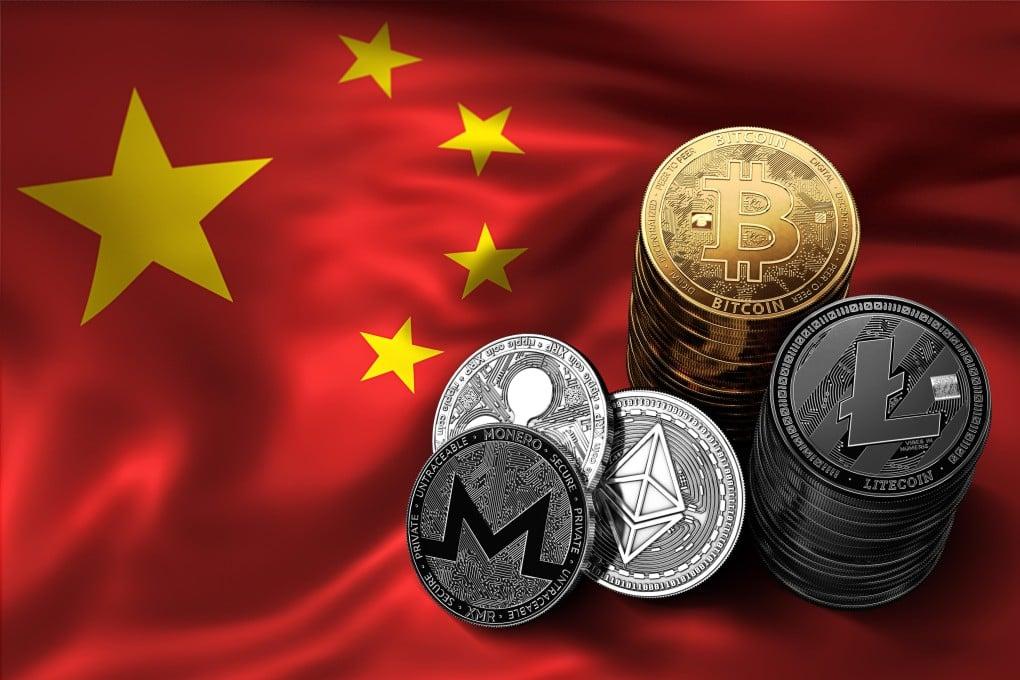China's Strategic Initiative in Stablecoin Research and Digital Finance
China's Strategic Initiative in Stablecoin Research and Digital Finance
China's largest state-backed research bureau is making significant waves by opening the floor for research proposals focused on the complex and rapidly evolving world of stablecoins. The National Natural Science Foundation of China, operating under the Ministry of Science and Technology, is throwing its considerable weight behind this groundbreaking initiative, highlighting Beijing's increasingly nuanced and strategic interest in the global digital assets market and its far-reaching implications for international finance.
The comprehensive research project, identified as absolutely crucial for China's ongoing economic evolution and digital transformation, brings with it substantial grants ranging from 200,000 to 300,000 yuan (approximately $28,042 to $42,063 USD). These generous grants come with an exciting and challenging mandate: to delve deeply into stablecoins and their comprehensive global implications, and to craft innovative strategies addressing the multifaceted challenges they pose to China's financial supremacy and economic stability in an increasingly interconnected world.
Understanding the Global Stablecoin Landscape
Stablecoins, those sophisticated digital assets pegged to traditional currencies like the US dollar, are capturing unprecedented attention globally, especially with recent regulatory developments such as the "Genius Act" in the United States and Hong Kong's comprehensive Stablecoin Ordinance. China, ever vigilant about its economic interests, sees stablecoins as a complex double-edged sword that requires careful analysis and strategic planning. The international rise and dominance of US dollar-backed stablecoins sets a challenging standard that Beijing must skillfully navigate as it eyes broader adoption and internationalization of the yuan.
The foundation highlights a critical and pressing concern: the significant potential of US dollar-pegged stablecoins to systematically undermine Chinese capital controls and directly challenge the yuan's stability and global positioning. This multifaceted issue is deemed absolutely vital to China's long-term economic future and strategic interests, prompting this comprehensive call for in-depth research that could substantially influence policy suggestions on effectively managing global stablecoins within the expanding sphere of digital finance governance.
China's Balanced Approach to Digital Currency Innovation
Even as the People's Bank of China actively champions the e-CNY, its official digital currency, the broader conversation around developing a yuan-backed stablecoin is steadily gathering significant momentum among academics, policymakers, and financial experts. While trading and mining of decentralized cryptocurrencies like Bitcoin remain strictly off-limits due to stability and regulatory concerns, this strategic move seeks to effectively harness digital finance's tremendous potential while carefully retaining essential economic control and regulatory oversight.
The competitive landscape of international digital finance is rapidly shifting, with stablecoins increasingly taking a prominent leading role on the global financial stage. Beijing's carefully calculated and methodical approach to stablecoins clearly indicates a sophisticated strategy of 'innovation within regulation,' which strategically allows China to actively partake in crucial international rule-setting discussions while simultaneously maintaining complete sovereignty over its domestic financial ecosystem and economic policies.
Expert Insights and Strategic Implications
Former central bank governor Zhou Xiaochuan has provided insightful commentary, emphasizing the critical importance of conducting a comprehensive "multidimensional assessment" of stablecoins to fully capture both their tremendous potential benefits and significant inherent risks. The intensifying global financial competition is increasingly leaning heavily on the strategic use of various stablecoins, prompting China to actively find and establish its authoritative voice in international digital finance governance discussions.
Offering valuable insights and clear directions for comprehensive policy formulation, this ambitious research initiative fundamentally underscores the delicate balancing act between actively fostering financial innovation and maintaining rigorous regulatory oversight. As Matteo Giovannini, senior finance manager of the Industrial and Commercial Bank of China, astutely remarks, strategically adapting stablecoin technology could effectively propel the yuan into the global financial limelight, significantly enhancing financial processes both domestically and internationally.
Future Prospects and Economic Impact
A yuan-backed stablecoin represents a potentially transformative development that could fundamentally change the international financial landscape. It presents both tremendous opportunities and complex challenges for Beijing: successfully balancing the enhanced global reach and adoption of the yuan with maintaining strict capital controls and economic stability. Such a groundbreaking innovation could strategically pave the way for substantially greater efficiency in domestic transactions, sophisticated supply-chain finance, and comprehensive digital asset dealings, fostering an entirely new ecosystem of financial innovation and economic growth.
Analysts consistently argue that as stablecoins continue to significantly bolster the US dollar's established dominance in global transactions and international trade, China increasingly faces a critical balancing act: actively boosting the yuan's global appeal and adoption while simultaneously honoring its enduring pledge to maintain strict control over capital flows and domestic economic stability.
With the comprehensive research slated for conclusion in just under a year, all eyes remain focused on the intriguing crossroad China strategically stands at: the precipice of potential digital finance leadership. The captivating world of stablecoins has genuinely piqued the sustained interest of China's financial leadership, and this strategic research initiative reflects Beijing's clear aspiration to skillfully sculpt a path where stablecoins effectively empower rather than disrupt their broader economic strategies and long-term financial objectives. As the application period closes and chosen projects prepare to begin their important work, the international financial community awaits with great anticipation the groundbreaking policies and strategies these researchers will develop in China's ambitious quest through the complex stablecoin landscape.










